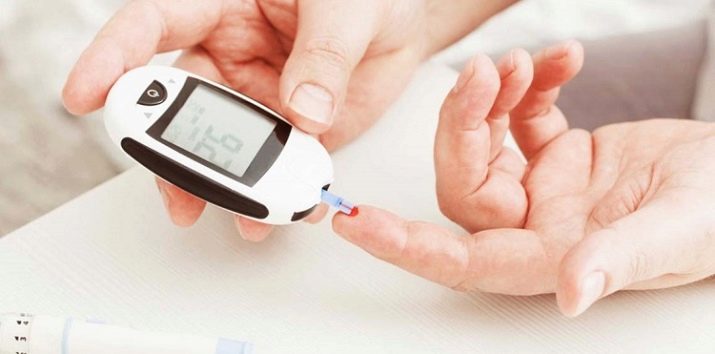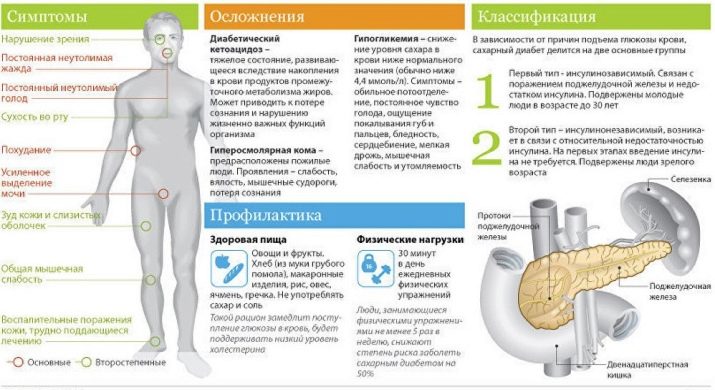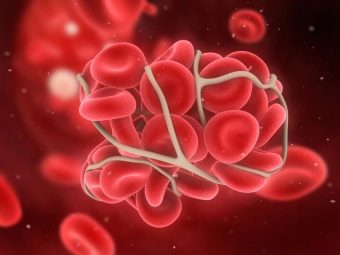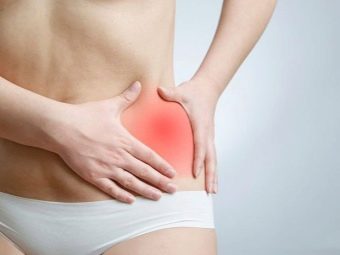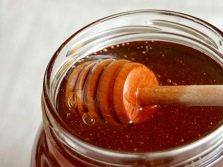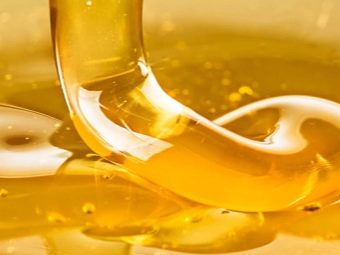Is it possible to eat honey with diabetes?

Diabetes mellitus refers to diseases of the endocrine system and is associated with impaired physiological processes of glucose uptake by the body. A similar condition develops in humans due to a lack of a hormone produced called insulin. The concentration of glucose increases in the blood and in medical terminology this condition is called hyperglycemia. As a rule, such a violation in the body is a chronic course, which over time leads to a failure of the water-salt balance, and in addition, metabolic processes and the absorption of protein, fat and carbohydrate components of food are disturbed.
In diabetic glycemia, the observance of dietary norms plays a significant role in ensuring the stability of well-being. Carrying out the selection of products for use in food, care is required not to increase the increased concentration of glucose in the blood even more. Often, people suffering from this disease, wondering if they are allowed to use honey in their food.
Taking into account the fact that fast-digesting carbohydrates for diabetic patients are prohibited, this rule does not apply to honey. However, you need to know for sure - at what type of diabetes it is advisable to take a honey delicacy, and in what dosage it will not cause harm to health.
Features of the disease
According to reliable data of the World Health Organization (WHO), diabetes is one of the most common diseases and at least 1/10 of the world's population suffers from it. But this figure in terms of reality is much more, since there are also hidden forms of this disease, in which patients do not seek medical help, and therefore, the statistics do not take them into account. Chronic insulin deficiency provokes serious disruptions in the body. Every year, more than two million people die on the planet due to the high incidence of diabetes.
There are two types of diabetes, differing from each other by factors of occurrence and development. Diabetes of the first type is formed due to the collapsing tissues of the pancreatic gland, whose cells produce insulin. Diabetes of the second is often formed in people with abnormal lipid metabolism and having insulin resistance to insulin. However, at the same time, their body produces an excessive amount of so-called proinsulin, amylin and insulin.
Insulin-dependent diabetes of the first type most often occurs at a young age in persons not older than 30 years. The trigger is often transferred a viral disease - measles rubella, infectious hepatitis, epidemic parotitis, or it may be the action of medicinal or other harmful substances. Under the influence of these factors, an autoimmune destruction of the tissue of the pancreatic gland, whose cells produce insulin, is observed. If the degree of such destruction exceeds 70–80%, then IDDM of the first type develops.
In diabetes of the second type, the body becomes insensitive to the insulin enzyme it produces. Quite often, this condition occurs in people of middle and mature age. The reasons for this can be many - genetic predisposition, overweight, improper carbohydrate nutrition, the presence of cardiac and vascular pathologies, stress, insufficient adrenal function, or side effects of certain groups of drugs. With sufficient and sometimes even an excess amount of insulin, a second-type INZSD develops.
From the point of view of the rate of development of the disease and its symptoms, both types of diabetes are manifested differently. Diabetes of the first type begins abruptly and rapidly, and diabetes of the second type affects the body very slowly.
Common signs of diabetes are as follows:
- painful feeling of thirst, in which a person can drink up to ten liters of water per day;
- increased amount and frequency of urine separation;
- fatigue, weakness, weakness;
- increased appetite;
- the skin is dry, itchy, hair falls out;
- visual function deteriorates regardless of the physiology of the age category;
- general immunity decreases, the incidence of infectious diseases increases.
People suffering from diabetes for a long time, in addition to the symptoms of this disease, often face the following complications that develop on the background of this disease:
- vascular fragility and increased permeability of the vascular walls;
- blood clotting disorder, expressed in a tendency to thrombosis;
- encephalopathy and neuropathy, expressed in violations of the sensitivity of the limbs, tendencies to edema, the extremities are chilly, often there is a feeling of "goosebumps";
- the retina is destroyed, the capillary and venous network is damaged, retinal detachment often occurs, which leads to blindness;
- nephropathy develops, in which, due to the defeat of the vascular network that feeds the kidneys, their functional ability is impaired, leading to irreversible processes called renal failure;
- the blood supply to the lower limbs is disturbed, which leads to the formation of trophic ulcers, and in more serious cases, gangrene of the feet develops.
However, the most serious complications of diabetes mellitus is the development of hyperglycemic or hypoglycemic coma, which is often fatal.
Product Types
Honey is, undoubtedly, a valuable and rapidly digestible biological substance, which is not forbidden to take to people with type 2 diabetes. But you should know that honey in large quantities will worsen the course of the disease and even promote weight gain. When choosing types of honey, you should take into account the fact that not every variety of this delicacy can be equally harmless for a diabetic. In diabetes of the second type, there is the possibility of eating honey for food, where the level of fructose exceeds the amount of glucose. Connoisseurs determine these varieties by the rate of crystallization of honey, as well as by the pronounced sensation of sweetness.
It is necessary to highlight the main types of honey recommended for use in diabetes of the second type.
- Acacia Honey This variety is easily distinguished from other species by the fragrant smell of blooming acacia. This sort of honey can crystallize only two years after harvest. The structure of this variety has a predominant number of saccharides, the digestibility of which does not depend on insulin. Its glycemic index is 32, and its calorific value is 289 kilocalories.
- Buckwheat honey A distinctive feature is a bitter taste. This product is famous for being able to strengthen the walls of blood vessels. The periods of crystallization of this species vary from three to eight months, and sometimes more. Even with long periods of storage buckwheat honey has excellent taste and healing properties. The glycemic index of this product is 51, and the caloric content per 100 g of the product is 310 kilocalories.
- Chestnut Honey has a specific taste and aromatic qualities. After collecting, the product stays in a liquefied consistency for a long time, crystallizing for quite a long time - this process takes from one and a half to two years. This type of honey is famous for having a positive effect on the activity of the central nervous system and is able to inhibit the growth of bacterial microflora. The glycemic index of the product is 55, the caloric value is 310 kilocalories.
- Linden honey has a bright straw color and pronounced aroma of lime color. This variety helps to significantly strengthen the immune forces of the body, in addition, under the action of honey, the growth of bacterial microflora is inhibited. The glycemic index of the product is 53, and the caloric content is 325 kilocalories.
Important! Selecting the best grade of honey, it is necessary to take into account the peculiarities of the course of the disease and the general state of health for each particular patient. Connoisseurs of honey, first of all, are advised to try in small dosages of each type and carefully track their sensations.
Beneficial features
The use of honey for nutritional purposes in the second type of glycemia is recommended for patients, since this means mobilizes the body’s resources to resist the disease. Diabetes is dangerous because during its development the entire body suffers completely, and this effect is more often not immediately noticeable. Bee honey has a positive effect on blood vessels, heart, kidney and liver tissue, normalizes the gastrointestinal tract, and speeds up metabolic processes. Diabetics can eat honey, applying it in the form of food, or be treated by it, using it externally. For example, pipetting honey water into the eyes to prevent and treat retinopathy, or apply compresses with honey in the treatment of trophic ulcers.
The positive health effects of eating honey in type 2 diabetes are as follows:
- functional performance of the central and peripheral neurohumoral system is established;
- the organism is renewed at the cellular level, metabolic processes are normalized;
- stabilizes the process of falling asleep and sleep;
- increases performance and endurance;
- there is a prevention of colds and viral diseases;
- anti-inflammatory and regenerative ability of tissues increases;
- improves the condition of the pulmonary system, is a long cough;
- normal hormones;
- the frequency of side effects from drugs that diabetics have to take on a permanent basis is reduced;
- growth of pathogenic microorganisms slows down or stops.
Honey, which contains mainly sugars, does not increase blood glucose levels. This property is especially pronounced in honey comb. But in order for the honey to benefit and not cause harm, it should be taken rarely and in small portions. A day is allowed to eat no more than two tablespoons of the product. Often honey is added to any dishes, improving their taste and getting benefits for the body.
Contraindications
Modern principles of therapy allow the compatibility of honey and diabetes of the second type. However, even taking into account the positive impact of the bee product on the human body, honey therapy can also cause some harm if it is misused. It is worth considering the following situations when there are absolute contraindications for diabetes of the first or second type for the use of honey:
- with elevated blood sugar, as the product in one way or another to a certain extent raises the level of glucose;
- honey increases glycated hemoglobin in the blood, and if this indicator is higher than normal, honey cannot be eaten;
- with obesity, an elevated level of blood lipids is often observed, so as not to aggravate the situation, honey must be discarded;
- in case of marked impairment of the functioning of the vascular circulatory system - thrombosis, atherosclerosis;
- a bee product may aggravate pathological processes in various diseases of the pancreas;
- allergic intolerance to bee products or the presence of concomitant disease in the form of bronchial asthma.
In any case, even against the background of well-being, honey can be taken by diabetics only by consulting a therapist. The diabetic will not be able to assess the real state of his health by his own efforts. With apparent well-being, the body’s response may be unexpected. For this reason, the decision on the possibility of using honey therapy should be entrusted to a good specialist.
Rules of application
After the examination, the doctor decides whether or not a small dose can be used by a patient with diabetes. In this case, you need to know and comply with such rules for the use of this product, such as:
- It is best for diabetics to use bee honey only in the morning or afternoon hours, avoiding taking the product at bedtime;
- nutritionists advise to eat honey together with food rich in plant fibers and fiber;
- When adding honey to culinary dishes, it is important to ensure that they are not exposed to temperatures above + 55– + 60 degrees, since all the useful components of honey will be destroyed and the effectiveness of such a product will be zero; for the same reason it is not recommended to dilute honey with hot boiling water;
- it is necessary to purchase honey from bona fide suppliers or in retail outlets that have product quality certificates; honey for sick people should be of the highest quality without admixtures of molasses or sugar syrup;
- it is required to take into account the daily intake rate and in any case not to exceed it;
- honey is best stored in a wooden container and for its extraction it is best to use special wooden spoons; It is necessary to avoid storage of honey in the open air and exposure to heat and direct rays of the sun.
Important! In case of diabetes mellitus, honey should not be taken daily on a regular basis, and even more so it is not worthwhile to see in it a sugar substitute. Episodic techniques in strictly defined quantities perfectly cope with the function of healing the body entrusted to this product.
Tips and tricks
It is necessary to adhere to the following expert advice:
- experts recommend people with diabetes to prefer honey varieties collected in the warm southern latitudes, and avoid products that are collected in a cool climate;
- during the purchase, it is important to pay attention to the consistency of the product and give preference to liquid and fluid species; if the product has already begun the process of crystallization, it is best for diabetic to stop using it;
- after eating honey, dentists advise you to brush your teeth and use mouth rinse to neutralize the action of saccharides, which have a destructive effect on tooth enamel;
- Before you begin therapy with honey, you need to make sure that there is no allergy to this product, for this purpose you need to use a very small amount of honey and follow the reaction of the body within an hour; If you notice a rash, shortness of breath or other symptoms - you should immediately take antihistamines and immediately seek medical attention.
See if you can eat honey with diabetes mellitus in the next video.

